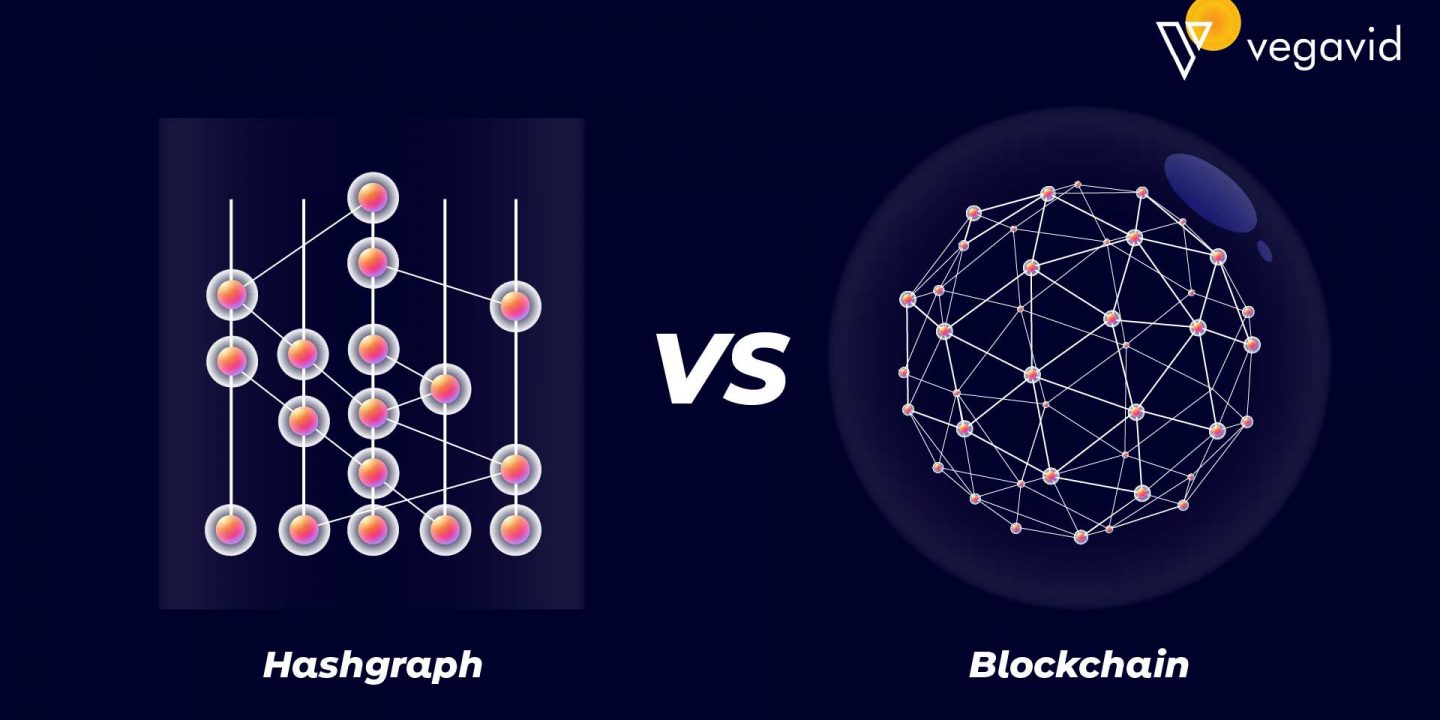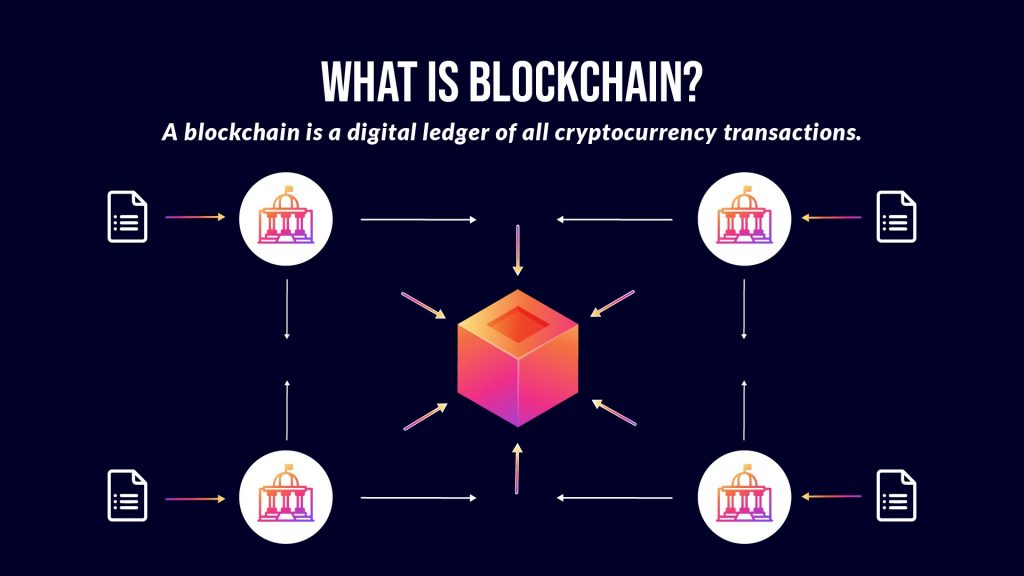
There is a lot of debate in the crypto community about which is better, hashgraph or blockchain. Both have their pros and cons, but there are some key differences that should be considered.
Hashgraph is a newer technology that is said to be faster and more secure than blockchain. It is also more scalable, which is important for a growing industry like cryptocurrency. However, hashgraph is more centralized than blockchain, which could be a concern for some users.
Blockchain, on the other hand, is a more established technology with a proven track record. It is also more decentralized, which many users see as a key advantage. However, blockchain is not as fast or scalable as hashgraph, and it is also less secure.
Ultimately, it is up to the individual user to decide which technology is best for them. Both hashgraph and blockchain have a lot to offer, and it is likely that both will continue to be used in the future.
In this blog, let’s take a closer look at the difference between hashgraph and blockchain.
What is Hashgraph?
Hashgraph is a distributed ledger technology that is claimed to be faster, more secure, and more scalable than other DLT platforms. Hashgraph uses a unique consensus algorithm that is based on “gossip about gossip”, which allows it to achieve high throughput and low latency. Hashgraph is also said to be more resistant to forks than other DLTs.
What is Blockchain?

A blockchain is a digital ledger of all cryptocurrency transactions. It is constantly growing as “completed” blocks are added to it with a new set of recordings. Each block contains a cryptographic hash of the previous block, a timestamp, and transaction data. Bitcoin nodes use the block chain to differentiate legitimate Bitcoin transactions from attempts to re-spend coins that have already been spent elsewhere.
Blockchain technology has a number of advantages that make it well suited for use in the financial sector. First, it is highly secure and virtually tamper-proof. Second, it is decentralized, meaning that it is not subject to the whims of a central authority. Third, it is transparent, meaning that all transactions are visible to all parties. Finally, it is efficient, meaning that it can handle large volumes of transactions without requiring significant resources.
What is the difference between a hashgraph and a blockchain?
This is a common question with a few different answers. A hashgraph is a data structure that is used to store information in a secure and decentralized way. A blockchain, on the other hand, is a type of distributed ledger that allows for secure and transparent peer-to-peer transactions.
So, what are the key differences between these two technologies?
The debate between hashgraph vs blockchain technology is one that has been ongoing for some time now. Both technologies offer a unique set of benefits and drawbacks that make them appealing for different use cases. When it comes to deciding which technology is right for your project, it is important to understand the key differences between the two.
Hashgraph is a newer technology that offers a more efficient and secure way of handling transactions. Blockchain, on the other hand, is a more established technology with a proven track record. Both technologies have their advantages and disadvantages, so it is important to weigh your options carefully before making a decision.
For one, a hashgraph is more efficient than a blockchain in terms of scalability and performance. This is due to the fact that a hashgraph can handle more transactions per second than a blockchain. Additionally, a hashgraph is more secure than a blockchain as it uses a consensus algorithm that is resistant to Sybil attacks.
Another key difference is that a hashgraph is permissionless, meaning that anyone can participate in the network, while a blockchain is permissioned, meaning that only certain individuals or entities can access and participate in the network.
Finally, a hashgraph is still in the development stage, while a blockchain is more established and widely used.
Conclusion
There are a few key differences between hashgraph and blockchain technologies. For one, hashgraph is much faster than blockchain. While blockchain can process around seven transactions per second, hashgraph can handle over 250,000 transactions per second. This makes hashgraph much more scalable than blockchain.
Another key difference is that hashgraph is more secure than blockchain. With blockchain, there is the potential for a 51% attack, where a group of miners could control the majority of the network and theoretically reverse or double-spend transactions. This is not possible with hashgraph, as it is impossible for any one group to control more than 50% of the network.
Finally, hashgraph is also more decentralized than blockchain. With blockchain, there is a risk of centralization, as the majority of miners are located in China. This is not the case with hashgraph, as it is distributed across many different nodes. This makes it less likely to be censored or shut down by any one government or entity.











